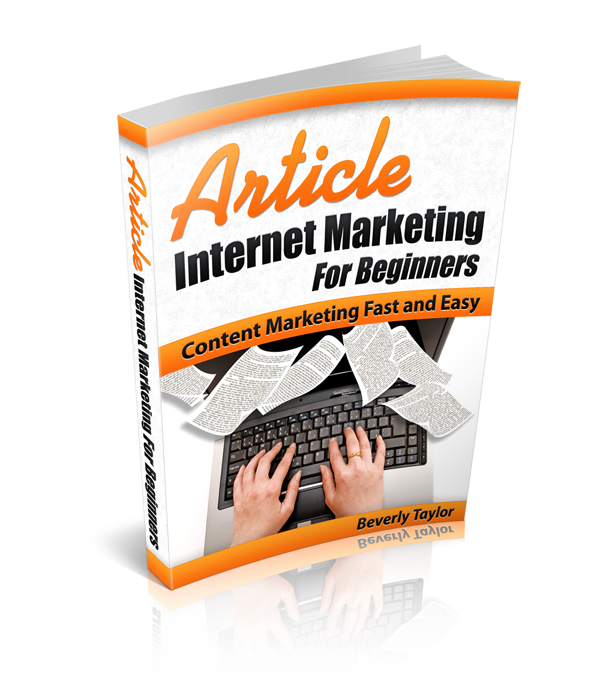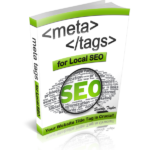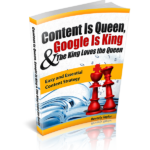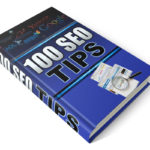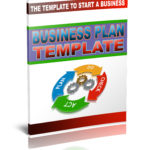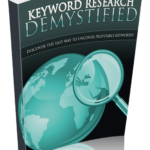Description
Keywords and keyword phrases are just words or a word phrase. Often the term “keyword” includes phrases. Keyword phrases are also called keyphrases, long tail keywords or long tail keyword phrases. I prefer to use the term Keyword to mean both single and multiple words.
Bottom line, keywords are words and phrases that the search engine analyzes for their indexes and what people type into the search engine to find the information they want. Examples of keywords are: gardening, organic gardening, herb garden, gardening tips, gardening supplies.
In this usage, what is important is how often the word or phrase was searched in search engines, such as Google. In other words, how often did people type into Google that word or word phrase to find the information they are looking for.
So if I am writing about antique furniture, if I use ‘old’ as a keyword, it wouldn’t work so well as I would get people searching for old hats, old dogs, etc. Yet I could use a keyword phrase of ‘old furniture’ if it ranks well in the search engine listings.
Keywords, in this usage, has little to do with the older copywriting concept of a key word or phrase in the article. Think of it as that humans do not read keywords initially. It’s all about how people will search the internet and find the article, so the computer reads it first.
Table of Contents
I. THE BEGINNING 1
A. PREPARATION CHECKLIST 1
B. KEYWORDS 1
1. What are Keywords 1
2. Choose Your Keywords 2
3. How to Use Your Keywords 2
C. CREATING GREAT TITLES FOR ARTICLES 3
D. PHRASES FOR EXCELLENT TITLES 4
E. GOOD WORDS TO USE IN TITLES 6
1. Action Words 6
2. Smart Words 7
3. Power Words 7
4. Gender Based Words 8
F. WRITE ARTICLES [THIS IS FREE] 10
1. What are the Tangible Components? 10
2. Basics of Writing Articles 10
3. Write Short Articles 11
4. Article Structure for Writing Articles and Blog Posts Fast 11
5. Document Format 13
6. Article Summary 13
7. Finally… 13
G. SIGN UP AS AN AUTHOR ON EZINEARTICLES. [THIS IS FREE] 14
1. Go to Ezinearticles Home Page 14
2. Begin to prepare information about you 14
3. Decide Which Ezinearticles Categories 16
4. How to Sign Up with Ezinearticles 19
5. Where to Login 20
6. Post Your Biography, Photo and Resource Box 20
II. PUTTING THE PIECES TOGETHER AND GOING LIVE 22
A. NEXT STEPS OR THE FAST TRIAL METHOD 22
B. COMPLETE EZINEARTICLES SETUP: RESOURCE BOX 22
C. GO LIVE 23
1. VERY IMPORTANT NOTE 23
2. Submit Articles to Ezinearticles 23
III. USING ARTICLES IN OTHER AREAS 26
IV. WHAT ARE THE NEXT STEPS? 27

